The 13 Most Lucrative Tree Farm Grants in the U.S.
Searching for ways to establish or expand your tree farming business? You're in the right place. The United States offers a variety of grant opportunities designed to support and encourage the growth of tree farms. In this article, we'll explore 13 lucrative tree farm grants that can help you maximize your investment in this essential and rewarding industry.
The most lucrative tree farm grants in the U.S. include:
- Urban and Community Forestry Program
- Natural Resources Conservation Service Programs
- California Forest Improvement Program
- Minnesota Forest Stewardship Cost-Share Program
- Texas Reforestation Grant
- Florida Forest Service's Tree Planting Grants
- Conservation Reserve Program
These grants also include the Environmental Quality Incentives Program, American Forest Foundation Certification, The Nature Conservancy, National Fish and Wildlife Foundation Grant, Rural Energy for America Program, and Urban and Community Forestry Program. These grants can provide critical financial assistance to help you with everything from planting and maintaining your trees, to implementing sustainable management practices and boosting the long-term profitability of your operation.
Summary
- These grants can provide essential funding for your tree farming endeavor and contribute to sustainable, environmentally conscious practices.
- Review each grant thoroughly and identify the ones that best align with your specific goals and needs.
- Each grant program may have specific eligibility criteria, so be sure to review the details of each opportunity carefully before applying.
- Ensure that your chosen tree species and varieties align with the specific requirements of your desired grant to increase your chances of securing funding.
- Participating in these programs helps improve the ecological health of your land, enhances the overall sustainability and profitability of your tree farming endeavors, and maximizes the benefits for your land and business.
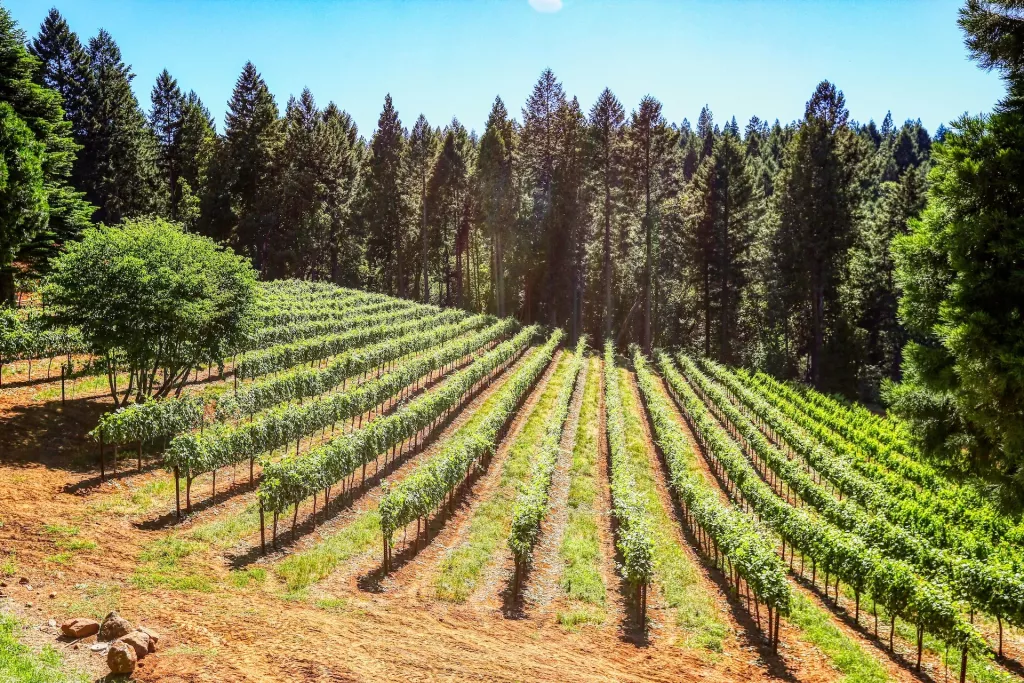
On this page:
Top Federal Tree Farm Grants
USDA Forest Service Grants
The U.S. Forest Service offers numerous grants and other financial assistance opportunities that can benefit your tree farming initiatives. One notable program is the Urban and Community Forestry Program, which aims to support urban tree planting, urban forest planning, and management. This program recently received a historic $1.5 billion in funding, and focuses primarily on disadvantaged communities.
Another significant grant allocation was announced by the Biden-Harris Administration, with $1 billion in grants made available to increase equitable access to trees and green spaces in urban and community forests.
To explore more grant opportunities within the USDA Forest Service, you can visit their Grants & Agreements webpage, which provides information on diverse programs such as Stewardship, Great American Outdoors Act, Collaborative Forest Landscape Restoration, Secure Rural Schools, and Research.
Natural Resources Conservation Service Programs
The Natural Resources Conservation Service (NRCS) offers several programs that can help you establish and maintain a successful tree farm. Some key programs include:
-
Environmental Quality Incentives Program (EQIP): This program provides financial and technical assistance to farmers and forest landowners to implement conservation practices on their land. EQIP covers a wide range of practices, including tree planting, forest stand improvement, and wildlife habitat enhancement.
-
Agricultural Conservation Easement Program (ACEP): This program offers financial assistance to landowners who wish to conserve agricultural lands and wetlands. Under the ACEP's Wetland Reserve Easements, landowners can receive funding to restore, protect, and enhance wetlands on their property, which may include planting trees.
-
Conservation Stewardship Program (CSP): CSP is designed to reward farmers and forest landowners for their existing conservation efforts, while also encouraging further improvements on their land. This program can provide financial incentives for adopting additional conservation practices, such as tree planting or agroforestry.
For more information on NRCS programs and how they can assist your tree farming business, visit the NRCS Programs webpage.
State-Specific Grants for Tree Farms

California Forest Improvement Program
The California Forest Improvement Program (CFIP) offers financial assistance to private and public landowners in the state, aimed at helping you improve your forestlands, watersheds, and wildlife habitat. To be eligible for this program, your tree farm must be within California and cover at least 20 acres. CFIP can provide cost-sharing funds for various forestry practices, such as tree planting, site preparation, and timber stand improvement.
Minnesota Forest Stewardship Cost-Share Program
If you own forestland in Minnesota, the Minnesota Forest Stewardship Cost-Share Program could be a valuable resource. This program helps landowners develop and implement sustainable forest management plans by providing technical assistance and cost-sharing funds. Eligible practices include reforestation, stand improvement, erosion control, and several others. Explore this program to support your tree farming initiatives in Minnesota.
Texas Reforestation Grant
For landowners in Texas, the Texas Reforestation Grant can provide important financial support for reforestation projects. This program aims to assist you with reestablishing native tree species on your land, ultimately promoting healthier ecosystems and contributing to the timber industry. Be sure to research the specific requirements and application process to take advantage of this valuable resource in Texas.
Florida Forest Service's Tree Planting Grants
In Florida, the Florida Forest Service's Tree Planting Grants are designed to support urban and community forestry projects. These grants can help you establish or expand an urban tree canopy, contributing to environmental benefits such as stormwater runoff reduction, energy savings, and enhanced wildlife habitat. To qualify for funding, you should ensure your project meets the program's guidelines and objectives.
Conservation Programs and Grants for Tree Farms
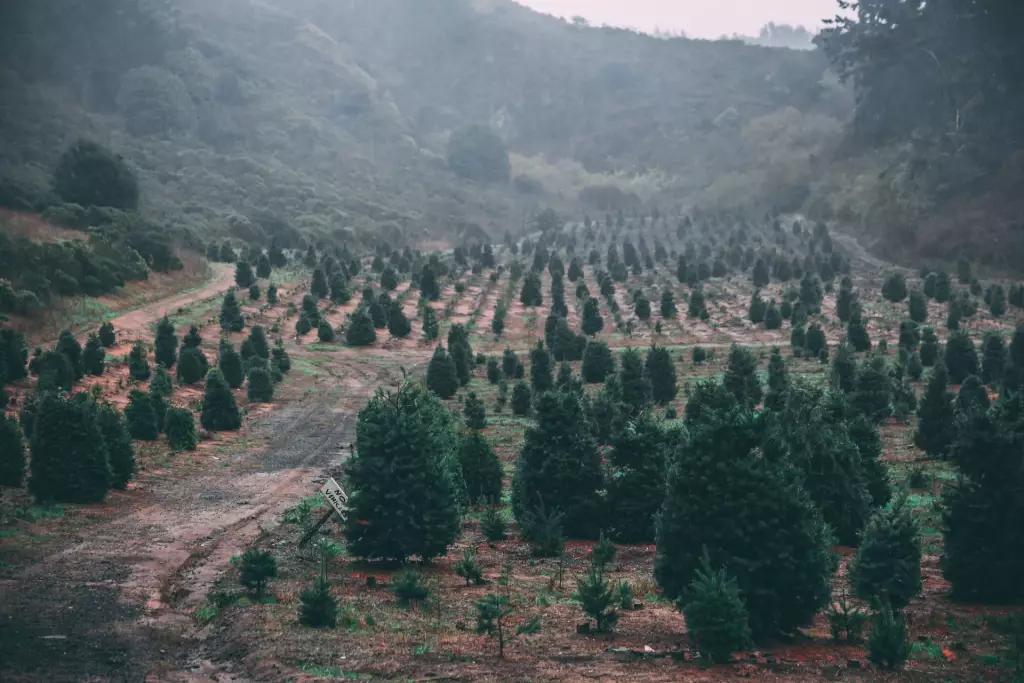
Conservation Reserve Program
The Conservation Reserve Program (CRP) is a voluntary program designed to help landowners conserve and improve the ecological health of their land. Under this program, you can receive annual rental payments and cost-share assistance for establishing long-term, resource-conserving covers on eligible farmland.
Here's what you can expect with CRP:
- Sign a 10- to 15-year contract with the USDA Farm Service Agency (FSA)
- Remove environmentally sensitive land from agricultural production
- Enhance wildlife habitat
- Improve water quality and soil health
Environmental Quality Incentives Program
The Environmental Quality Incentives Program (EQIP) is another valuable resource for landowners seeking to improve their tree farming efforts. EQIP provides financial and technical assistance to landowners who wish to plan and implement conservation practices to address natural resource concerns, such as soil erosion, water quality, and wildlife habitat.
Here's how EQIP works:
- Apply through your local USDA Natural Resources Conservation Service (NRCS) office
- Develop a conservation plan with assistance from NRCS experts
- Receive financial support for implementing approved conservation practices
Non-Profit and Foundation Grants for Tree Farms
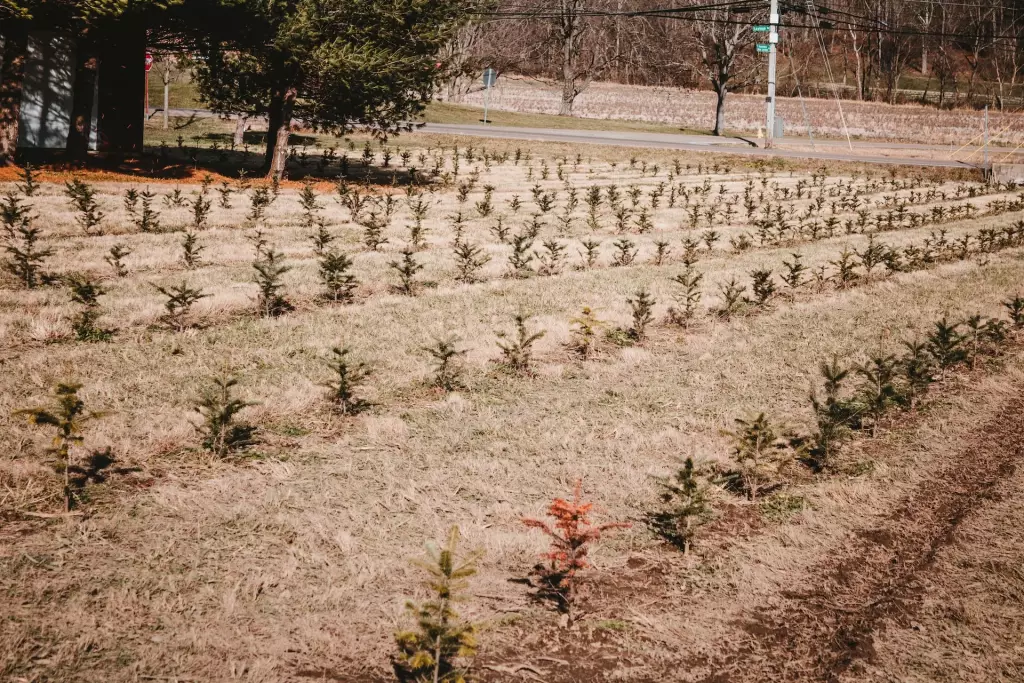
American Forest Foundation
The American Forest Foundation (AFF) offers ATFS Certification for committed and sustainable tree farm management. By becoming ATFS-certified, you'll have access to valuable tools and resources, as well as new revenue streams that can boost your business while promoting sustainable practices. The ATFS has certified over 22 million acres of forest in the US alone, showing its dedication to eco-friendly tree farming.
The Nature Conservancy
As part of the Biden-Harris Administration's efforts to create more equitable access to trees and green spaces, the USDA announced a $1 billion grant in 2023. Your tree farm might be eligible for a portion of these funds, which are aimed at supporting greener communities through investments in urban and community forests.
The Nature Conservancy is one of the organizations contributing to this cause, making it a great resource to explore for grant opportunities.
National Fish and Wildlife Foundation Grant
The National Fish and Wildlife Foundation (NFWF) also offers grant opportunities for tree farming initiatives aimed at conserving wildlife habitats and promoting environmental sustainability. These grants support projects that improve forest conditions, restore essential habitats, and strengthen ecological systems.
Information on specific NFWF tree farm grants is limited, but you can keep an eye on their grant funding opportunities to find suitable programs for your tree farm.
Other Noteworthy Grants for Tree Farms
Rural Energy for America Program
The Rural Energy for America Program (REAP) is a grant program that can help you increase energy efficiency and the use of renewable energy on your tree farm. This program offers financial assistance for projects like installing solar panels, wind turbines, and energy-efficient equipment. By taking advantage of REAP, you can reduce your farm's energy costs and contribute to a cleaner environment.
REAP awards grants for up to 25% of the total project cost, with a maximum of $500,000 for renewable energy systems and $250,000 for energy efficiency improvements. To be eligible, you need to be a farmer or rural small business owner. Learn more about REAP's eligibility requirements and application process.
Urban and Community Forestry Program
The Urban and Community Forestry Program (UCF), managed by the U.S. Forest Service, provides technical assistance and funding opportunities to help you create greener, healthier urban environments. Whether you're planting trees in your community or managing a tree farm in an urban setting, the UCF program can offer valuable resources and support.
Some of the main objectives of the UCF program are:
- Expanding and maintaining urban tree canopy
- Promoting the benefits of trees and forests
- Encouraging the use of urban wood resources
Through partnerships and collaborations, the UCF program aims to increase environmental awareness and community involvement in tree care and forest management. To learn more about the program and explore the resources it offers, visit the Urban and Community Forestry Program's website.
Basic Requirements and Eligibility for Tree Farm Grants
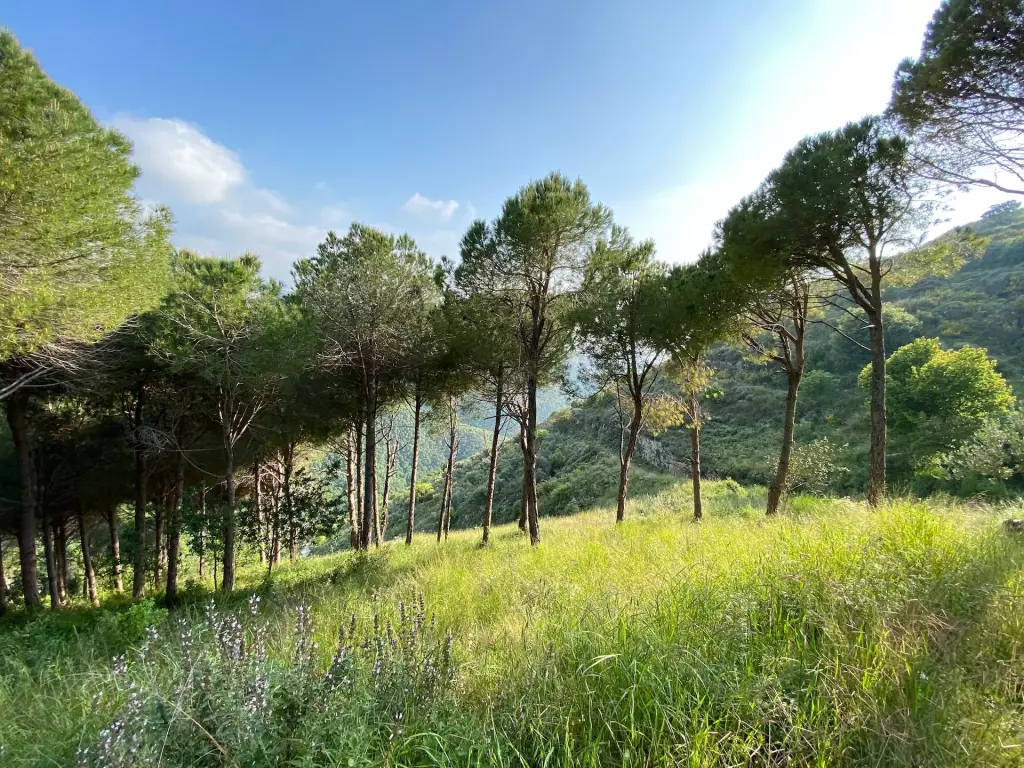
Ownership and land qualification
First, you should own, lease, or have legal access to the land where you plan to establish your tree farm. Additionally, your land must be suitable for the tree species you intend to cultivate.
Consulting professionals like the American Tree Farm System (ATFS) or the US Forest Service can provide valuable guidance on this topic. These organizations can also assist you in becoming ATFS certified, which may improve your chances of securing a grant for your tree farm.
Tree species and varieties
Different tree farm grants may require specific tree species or varieties to be eligible for funding. It's essential to research which species and varieties are not only suitable for your land but also meet the grant's requirements. To do this, you can consult experts, such as:
- Local Forestry Departments – They can provide recommendations on suitable tree species for your region and soil types
- Agricultural Extension Offices – These offices can offer guidance on proper tree farming practices and suitable species for your area
- Tree Farm Associations – By joining local or national tree farm associations, you gain access to valuable resources and networking opportunities.
How to Apply for Tree Farm Grants
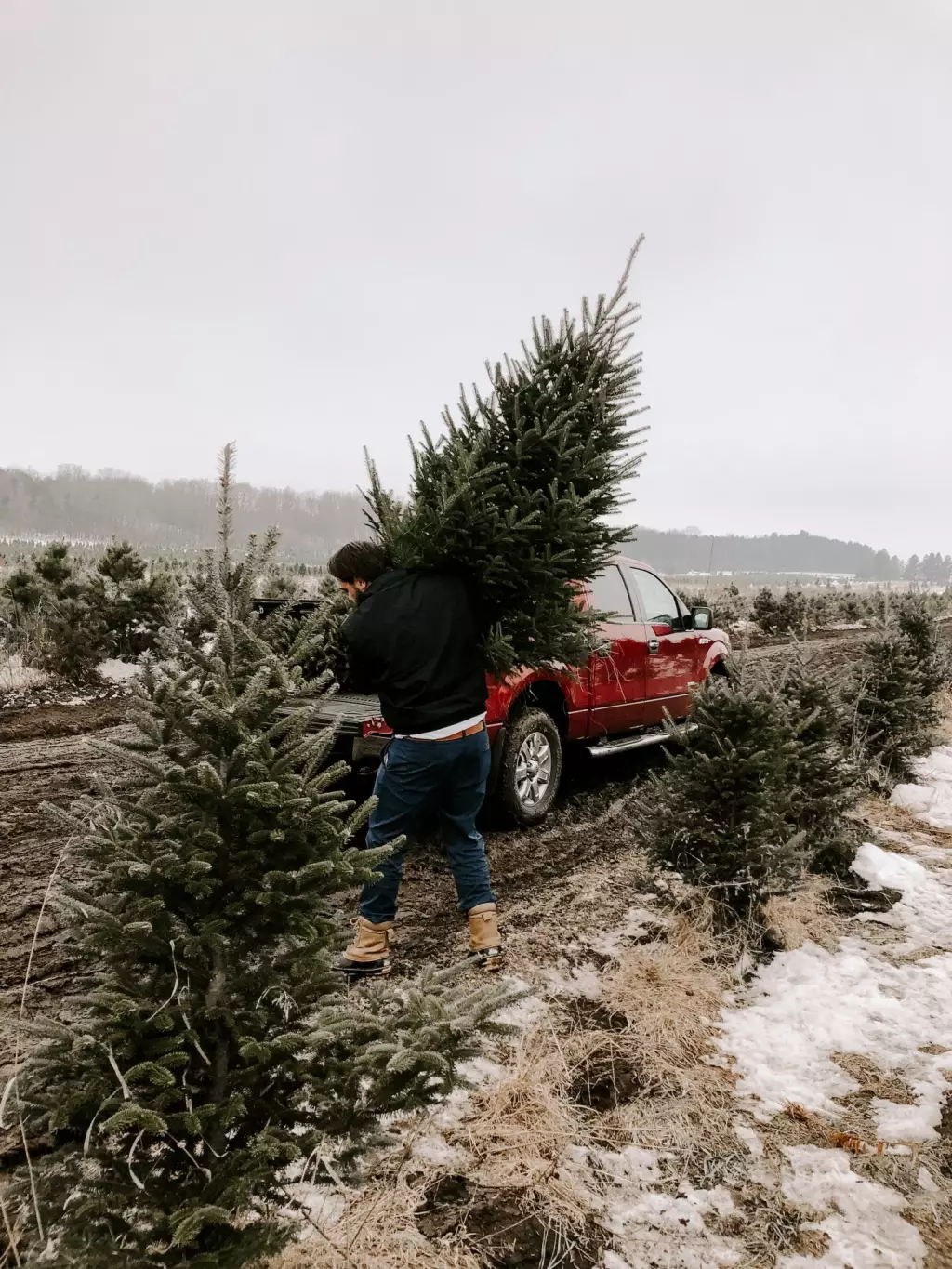
Preparing a forest management plan
A forest management plan shows that you are committed to sustainable forest management and have a clear vision for your tree farm. Here's a step-by-step guide on how to prepare your forest management plan:
- Establish your goals: Start by outlining your long-term objectives for your tree farm. Consider factors such as timber production, wildlife habitat improvement, and conservation.
- Assess your property: Conduct a thorough inventory of your tree species, tree age, and overall forest health. This information will help you identify any issues or areas that need improvement.
- Choose sustainable forestry practices: Based on your property assessment, select the forestry practices that best align with your goals. Practices may include tree planting, thinning, pest management, and timber harvesting.
- Create a timeline and budget: Develop a realistic timeline for implementing your forestry practices and estimate the costs associated with each activity.
Filling out the application for a tree farm grants
Once you have a well-crafted forest management plan, it's time to complete the grant application. Here are some tips to help you navigate the application process:
- Research available grant programs: Before beginning the application process, spend some time researching the various tree farm grant programs available through the U.S. Department of Agriculture and other agencies. This will help you determine which programs are the best fit for your project.
- Follow specific application guidelines: Each grant program will likely have its own application requirements and forms. Make sure you closely follow the guidelines provided by the grant program and submit all required documentation.
- Showcase your forest management plan: Use your prepared forest management plan to highlight your dedication to sustainable forest management practices, your long-term goals, and your plan for achieving them.
- Proofread your application: Before submitting your application, double-check all the information for accuracy and ensure that you have provided all the necessary documentation.